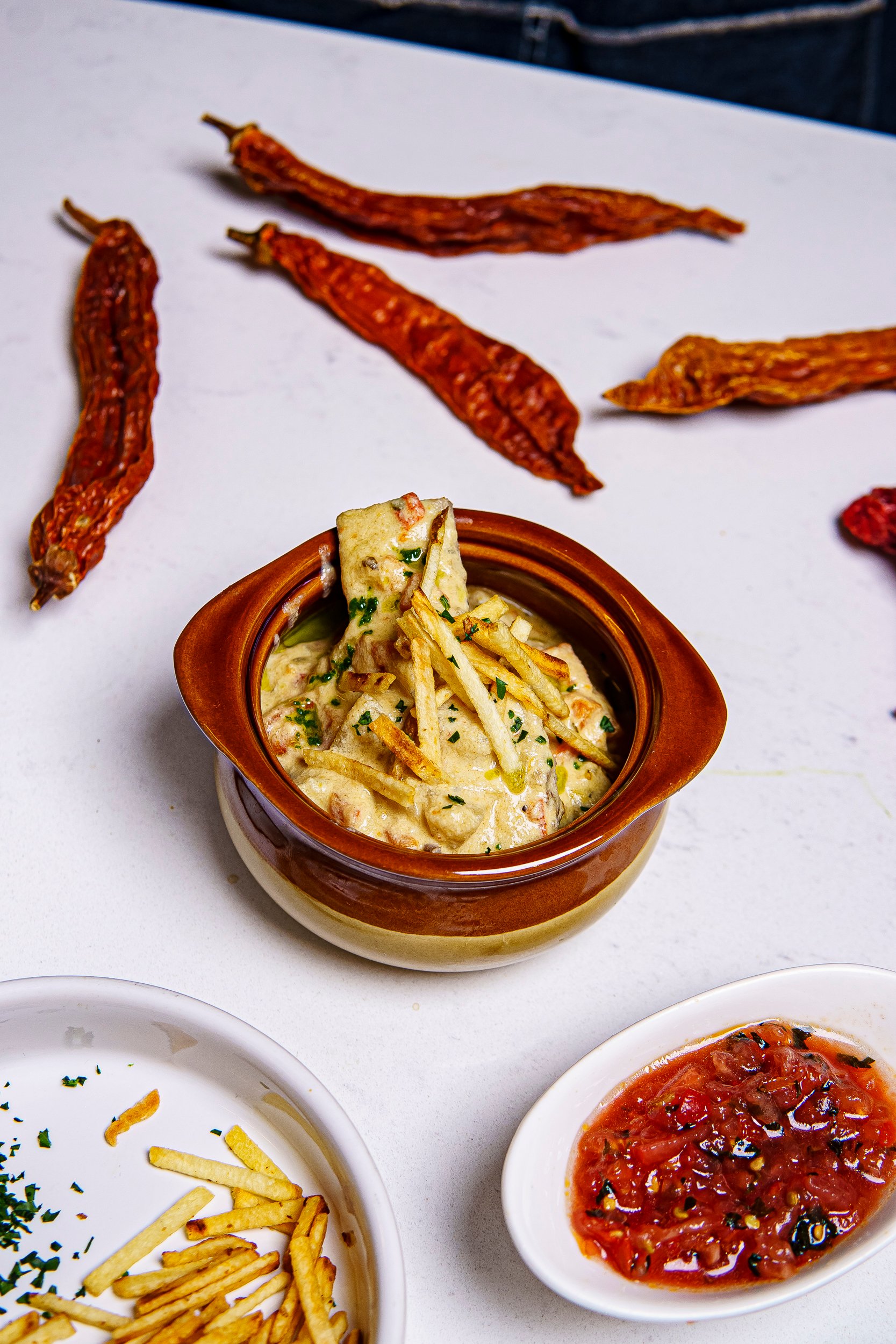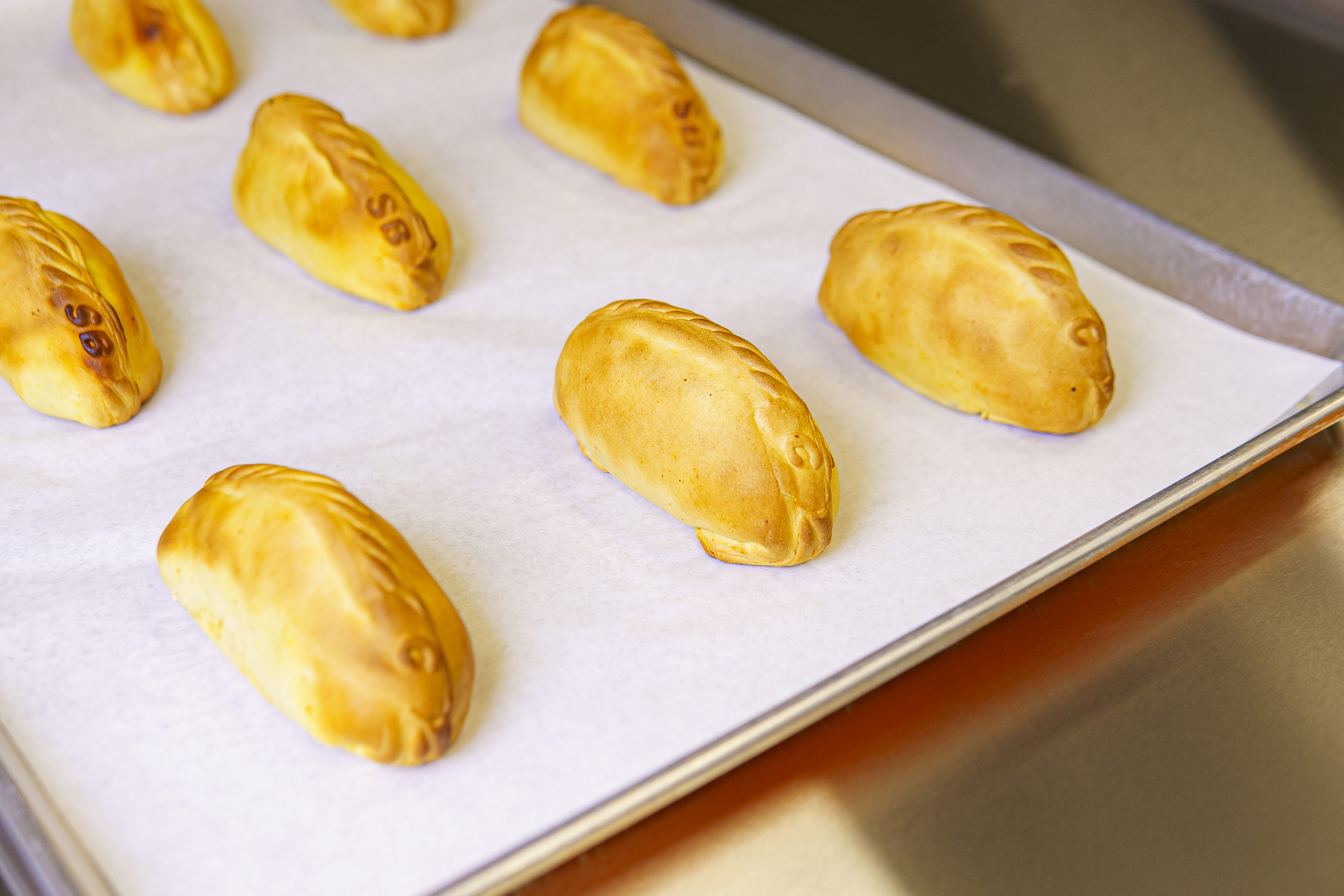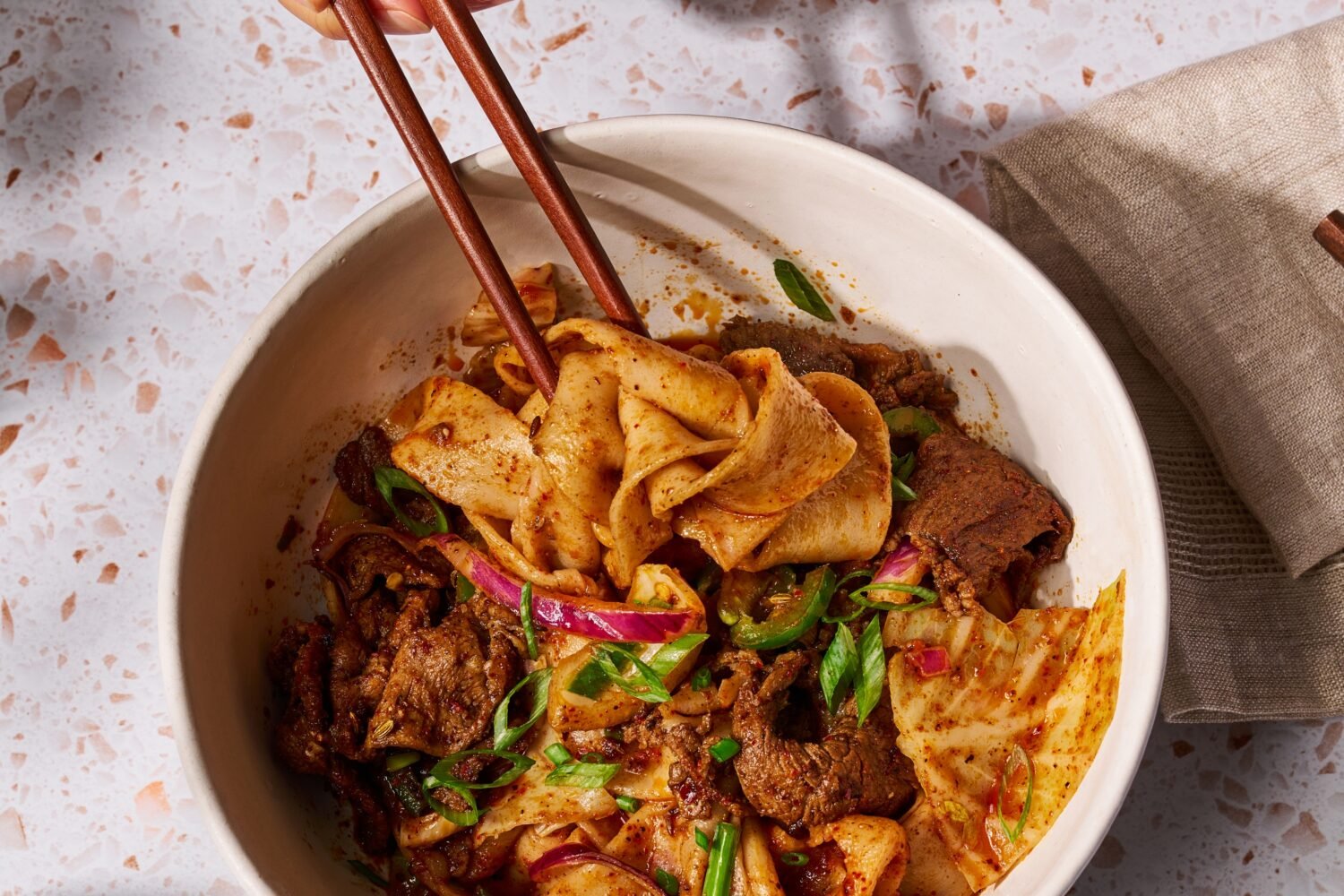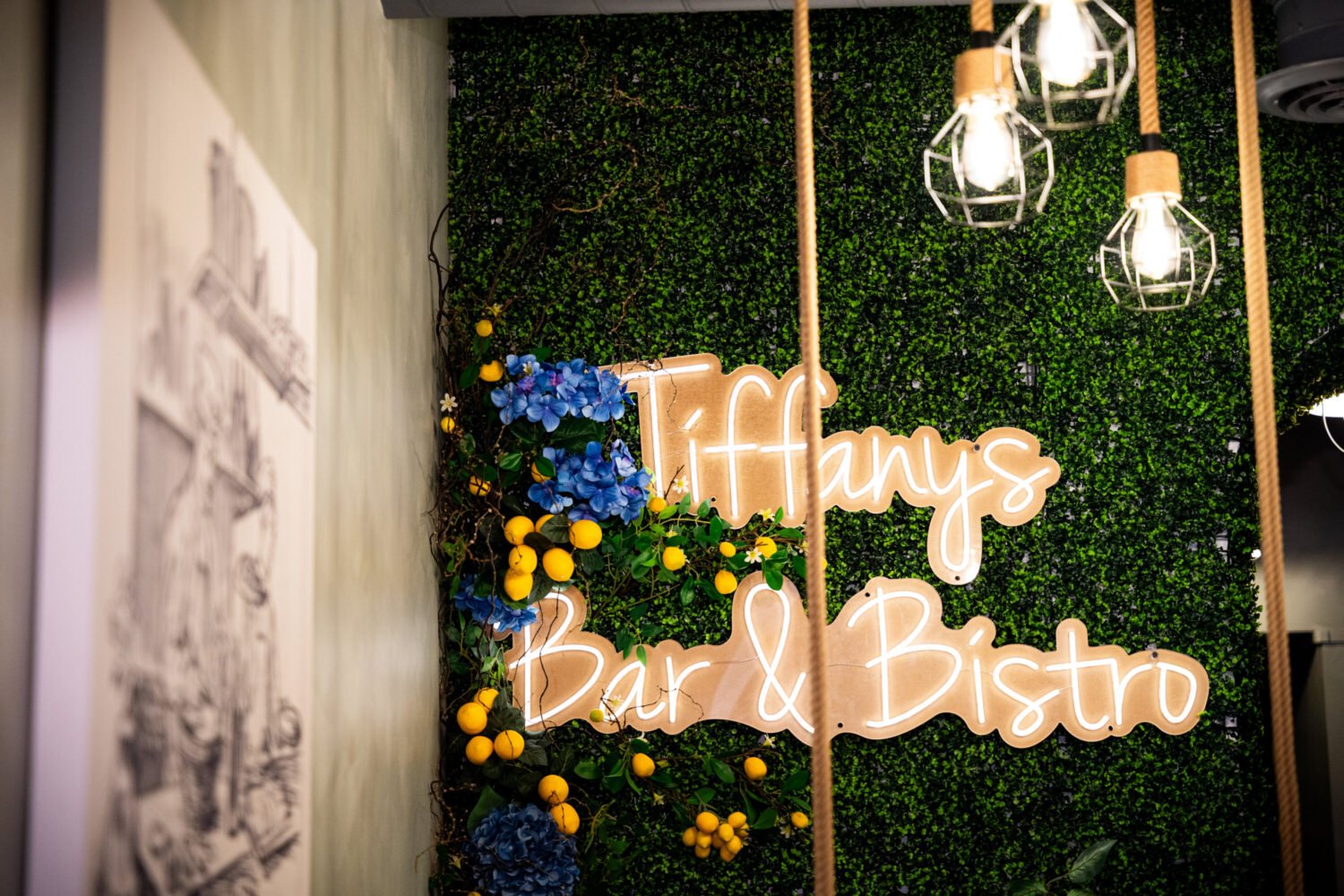About Restaurant Openings Around DC
A guide to the newest places to eat and drink.
Saya Salteñas. 1919 Pennsylvania Ave., NW.
The DC area is home to the largest population of Bolivian-Americans in the US. So, in parts of northern Virginia, it’s easy to find Bolivia’s iconic street food: the juicy, sweet-and-savory empanadas called salteñas. But when Maria Helena Iturralde, a native of La Paz, was studying engineering at George Washington University, there was hardly anywhere in the District to get salteñas, or Bolivian dishes like sajta de pollo (chicken in an ají pepper sauce) and sopa de maní (peanut soup). Starting next week, Foggy Bottom will finally have a Bolivian restaurant: her own. (UPDATE: The opening has been delayed. Follow the restaurant for updates.)
Though the menu at Saya Salteña mainly sticks to traditional Bolivian foods cooked the traditional way, Iturralde aims to capture the attention of a broad swathe of DC’s students and office workers. “Our idea was to bring Bolivian street food to a more diverse group,” Iturralde says. “It’s very strategically located, so that we can grab commuters from all over the place.”
Salteñas with seven sweet and savory fillings—beef, spicy beef, chicken, spicy chicken, vegan quinoa and mushroom, apple-passionfruit, and pear-cranberry-almond—are at the center of the menu, of course. Salteña dough is sturdier than some empanadas because the filling is essentially a hearty, brothy soup. Eating one also takes some instruction for the uninitiated, and Iturralde cautions against carelessly chomping it like any other empanada. Instead, start by holding it upright and nibbling from one end. “It’s like a combination of a soup dumpling and a pot pie,” Iturralde says. “If you bite it from the middle it will drench you all over.”
As with soup dumplings, making salteñas also poses a structural challenge: how do you encase a liquid with dough? Bolivia’s solution is gelatin, both natural and powdered. Once cooled, the broth thickens into a jelly that can easily be tucked into the dough and baked. Iturralde uses xanthan gum for her vegan salteñas, but for the meat fillings, she cooks a chicken and beef bone broth for six hours, until the dissolved collagen from the bones is enough to gel the soup. The six-hour broth is also Iturralde’s old-fashioned way of achieving rich, meaty flavor, which she says some restaurants do with Ajinomoto brand MSG, a staple additive in Bolivia.
“It’s a big intense process, and I’m trying to be respectful to my roots and to my grandmother and everybody who taught me about Bolivian cooking,” Iturralde says. “I don’t want to do shortcuts.”
Iturralde, a longtime caterer, is also expanding her repertoire for her first brick-and-mortar eatery. Papas rellenas (ground meat-stuffed potatoes) and pukacapas (Bolivian cheese empanadas) will make appearances, as will several sandwiches. Iturralde’s sandwich de chola with roast pork, ají rojo, and pickled onions is fairly traditional. But her sajta-slathered fried chicken sandwich is her own invention.
Iturralde grew up in the 12,000-foot-high Andean capital, but she says only developed a full appreciation for her family’s Bolivian recipes after coming to the US as a college student and trying to recreate them from a hemisphere away. After graduating from GW in 2005 and working for caterers, Iturralde started her own catering business based out of DC’s Mess Hall culinary incubator.

Saya Salteñas is a product of the pandemic and some fortuitous timing. With Iturralde’s catering business severely cut back by Covid, she kept it alive as a peripatetic salteñeria by moving between various food halls, private events, and pop-up spaces, and shipping frozen salteñas. She considered opening a brick-and-mortar business closer to her home in Springfield, but much of her catering business remained near GW. Eventually, she sent an application to the Golden Triangle Business Improvement District, which was searching for pop-ups to occupy vacant storefronts and help Foggy Bottom recover from pandemic closures. Iturralde suggested extending the pop-up indefinitely, and got her wish. The counter-service spot is mostly focused on takeout, with three tables outside. The inside will feature a wall mural by Bolivian artists ArteSano Mutante of an an Afro-Bolivian dance called Saya, the restaurant’s namesake.
Saya Salteña’s grand opening will take place on July 29 when, starting at 10 AM, the first 50 customers will get a free salteña.














